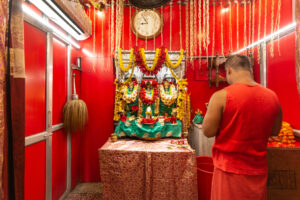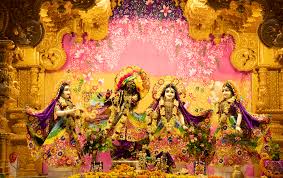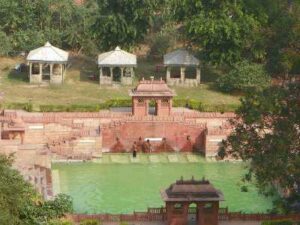How to Explore the Hidden Wonders of the Barabar Caves
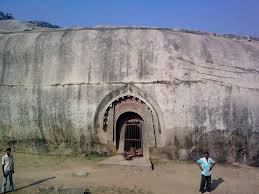
The Barabar Caves, situated in the Jehanabad district near Gaya, Bihar, are a true reflection of India’s ancient rock-cut architecture and spiritual heritage. Dating back to the Mauryan era (3rd century BCE), these caves are the oldest surviving examples of rock-cut architecture in India. A visit to these caves offers travelers a unique journey through history, art, and spirituality.
The Barabar Caves were carved during the reign of Emperor Ashoka, a great patron of Buddhism. These caves were originally used by the Ajivika sect, a now-extinct religious order that thrived during Ashoka’s time. The caves also bear inscriptions in the ancient Brahmi script, attributing their construction to the Mauryan rulers.
Over the centuries, it has been a melting pot of spiritual traditions for the followers of Buddhism, Jainism, and Hinduism.
Architectural Marvel
The Barabar Caves are famous for their architectural excellence. The interiors are cut from granite with an exact polish, giving them a mirror-like finish. This technique has survived time, and the craftsmanship that has been displayed is unmatched by the ancient Indian craftsmen.
Key architectural features include:
- Lomas Rishi Cave: The most famous cave, with a horseshoe-shaped entrance and intricate carvings resembling a thatched hut.
- Sudama Cave: Known for its perfectly polished interior, this cave was used as a meditation hall.
- Karan Chaupar Cave: A single-roomed cave with inscriptions dedicated to Emperor Ashoka.
- Vishvakarma Cave: A two-room cave with a rectangular layout, believed to have been used for gatherings.
Spiritual and Cultural Significance
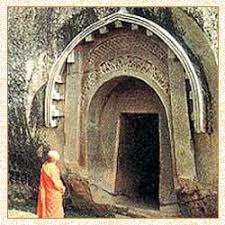
The Barabar Caves have great significance in terms of spirituality. It was once a venue for meditation and philosophical discussion. History lovers can derive an insight into the architecture and cultural activities of the Mauryan Empire by looking at the caves. The inscriptions and carvings reveal the spiritual practices that existed during their time.
Located amidst rugged hills and serene landscapes, the Barabar Caves are a haven for nature lovers and photographers alike. The rocky terrain juxtaposed with lush greenery creates a striking contrast that makes the area visually beautiful.
Tourist Activities
- Visit the Caves: Explore the intricacies of the design and historical context of each cave.
- Photography: Capture the stunning beauty of the site in and around the nature and architecturally.
- Meditation: Dive into the spiritual ambiance as it has been attracting seers for centuries.
- Trekking: The hills and surrounding areas have moderate options for trekking, taking the visit a notch on the adventure level.
Tips for Visitors
Best Time to Visit October to March as the climatic conditions are pleasant then.
- Carry Essentials: Water, snacks, and comfortable footwear are a must since it is a place of trekking and climbing.
- Respect the Site: The ancient carvings and inscriptions should not be touched or damaged.
- Local Guides: Guide on how historical and spiritual the caves are.
How to Reach
- By Air: The nearest airport is Gaya International Airport, about 35 km away.
- By Rail: Gaya Junction, 30 km away, is the closest railway station.
- By Road: Taxis and buses are available from Gaya and nearby towns to the caves.
Conclusion
The Barabar Caves provide a great combination of history, art, and spirituality that makes them a must-visit destination for any traveler to Bihar. These structures stand as testaments to India’s rich cultural heritage and architectural prowess.
